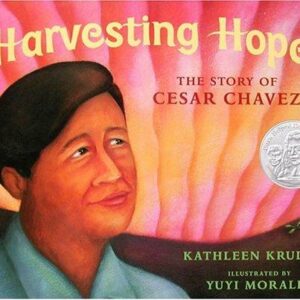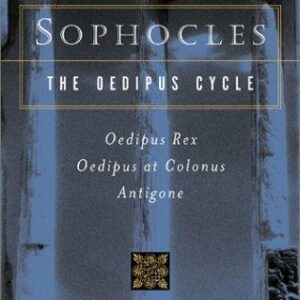Fashioning Spain
$39.95
| Title | Range | Discount |
|---|---|---|
| Trade Discount | 5 + | 25% |
- Description
- Additional information
Description
Fashioning Spain is a cultural history of Spanish fashion in the 20th and 21st centuries, a period of significant social, political, and economic upheaval. As Spain moved from dictatorship to democracy and, most recently, to the digital age, fashion has experienced seismic shifts. The chapters in this collection reveal how women empowered themselves through fashion choices, detail Balenciaga’s international stardom, present female photographers challenging gender roles under Franco’s rule, and uncover the politicization of the mantilla. In the visual culture of Spanish fashion, tradition and modernity coexist and compete, reflecting society’s changing affects.
Using a range of case studies and approaches, this collection explores fashion in films, comics from la Movida, Rosalía’s music videos, and both brick-and-mortar and virtual museums. It demonstrates that fashion is ripe with historical meaning, and offers unique insights into the many facets of Spanish cultural life.
Using a range of case studies and methodologies, this book explores connections between fashion and culture in 20th- to 21st-century Spain, and provides a model for understanding these connections worldwide.
Francisco Fernández de Alba is the A. Howard Meneely Professor of Hispanic Studies at Wheaton College, MA, USA, where he teaches courses on modern and contemporary Spanish culture. He is the author of Sex, Drugs, and Fashion in 1970s Madrid (2020).
Marcela T. Garcés is Associate Professor of Spanish at Siena College, NY, USA. She has authored several articles on contemporary Spanish film, fashion, and gastronomy. She is scriptwriter of the documentary film The Txoko Experience: The Secret Culinary Space of the Basques (2017).
List of Illustrations
Foreword
Acknowledgements
Note on Translations
Introduction“Fashion in Spain: Catalyst for Affect and Identity.”
Francisco Fernández de Alba (Wheaton College, MA) and Marcela T. Garcés (Siena College)
Part I: Identity: Politics and FuturesChapter 1: “Accessorizing the Nation: Mantillas, Cultural Identity, and Modern Spain.” Inés Corujo-Martín (Bryn Mawr College)
Chapter 2: “Bodies of the Future: Comics, Fashion, and 1980s Movida.” Alberto Villamandos (University of Missouri, Kansas City)
Part II: Picturing Femininity: Film and PhotographyChapter 3: “Women, Fashion, and the Spanish Civil War: From the Fashion Parade to the Victory Parade.” Kathleen Vernon (SUNY, Stony Brook)
Chapter 4: “From Market to Feminism: Fashion Photography during the Franco Dictatorship.” Olga Sendra Ferrer (Wesleyan University)
Part III: Designing Fashion Stars: Film and MusicChapter 5: “Fashioning Spanish Film Stars: Balenciaga and Conchita Montenegro.” Jorge Pérez (University of Texas, Austin)
Chapter 6: “Rosalía, Fashion, and the Rise of Poligonera Chic.” Mary Kate Donovan (Skidmore College)
Part IV: Museums: From Closets to the Cloud
Chapter 7: “The Museo del Traje’s research on Spanish Prêt-à-Porter.” Juan Gutiérrez (Curator, Museo del Traje, CEPI)
Chapter 8: “Curating Catalan Cultural Identity through Dress in the Virtual Fashion Museum of Catalonia.” Nicholas Wolters (Wake Forest University)
Index
“Fashioning Spain makes us aware not just of the many things that fashion can tell us about cultural values, from the eighteenth century to the present, but also of the major contribution that Spain has made to fashion design and entrepreneurship. The illustrations tell a story of their own.”” —Jo Labanyi, New York University, USA“An indispensable collection for Spanish cultural studies. Demonstrating that fashion analysis serves to illuminate intersecting political, economic and social processes, the contributors position twentieth-century fashion as a crucial interface for studies of modern Spanish memory, nation, affect and materiality.” —Rebecca Haidt, Ohio State University, USA“The volume offers fascinating insights into the relationship of fashion and cultural identity in modern Spain, exploring the intersections of gender, sexuality, class and nationalism. It constitutes a solid critical contribution to an important, but relatively neglected area of Spanish cultural studies, which will be a fundamental reference for any future studies in this field.” —José Colmeiro, University of Auckland, New Zealand
Additional information
| Weight | 1 oz |
|---|---|
| Dimensions | 25 × 156 × 9 in |







